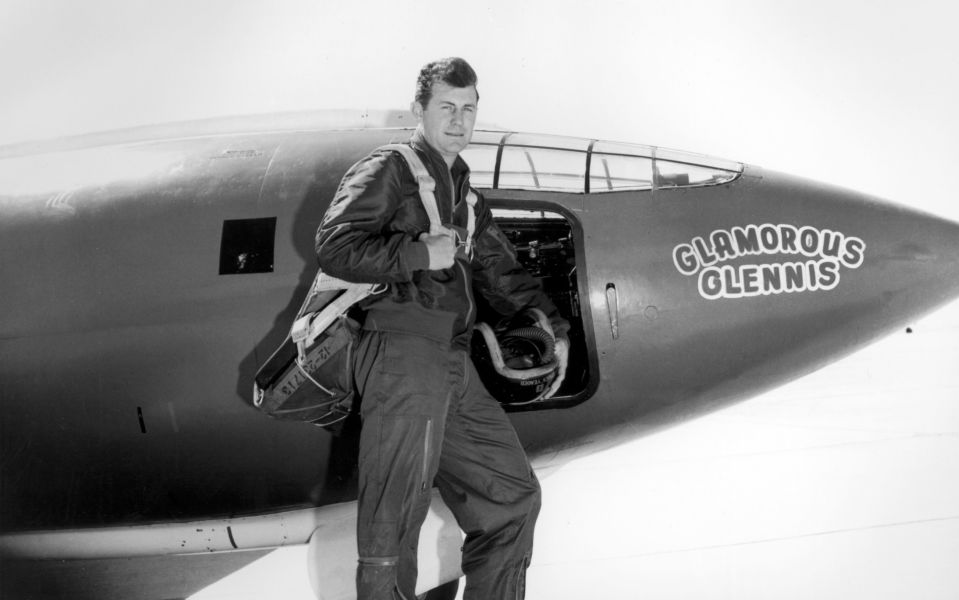On 11 April 1946, the first flight of the Bell X-1 experimental aircraft with a rocket engine occurred at the Murok Air Force Base (renamed Edwards Air Force Base in the 1950s).
Even before the war, the military realised that the creation of jet-powered aircraft was inevitable. In 1939, the world's first jet aircraft, the He-176, flew in Germany and the first turbojet He-178 flew later that year.
The attitude towards the new type of aircraft was ambiguous among aviators: Melvin Gough, chief test pilot of the National Advisory Committee for Aeronautics NACA (not to be confused with NASA) said: "No NACA pilot will fly a plane with a damn firecracker!" However, the US Department of Defense launched a program to break the sound barrier.
The designing of the aircraft started in 1943 and was carried out by Bell Aircraft in conjunction with the NACA and the United States Air Force. In 1946, the first copy of the X-1 aircraft was built. On its first flight, the X-1 took off from a specially modified B-29 bomber and glided to the ground. In the future, launching from a carrier aircraft was used to save fuel while taking off and developing maximum speed. The standard length of the runway was not enough for the new aircraft, so the plane landed on the bottom of Rogers Dry Lake. In December 1946, the X-1 took off on its own for the first time.
On 14 October 1947, under the control of Air Force Captain Charles Yeager, the Bell X-1 became the first vehicle in the world to break the sound barrier; the public was informed about it only eight months later.
In the USSR, the sound barrier was first overcome on 26 December 1948 by test pilot Oleg Sokolovsky in an experimental La-176 fighter.
Source:
Alexander Chechin, Nikolay Okolelov. Experimental aircraft X-1 // Wings of the Motherland: magazine. - 2008. - No. 1
























